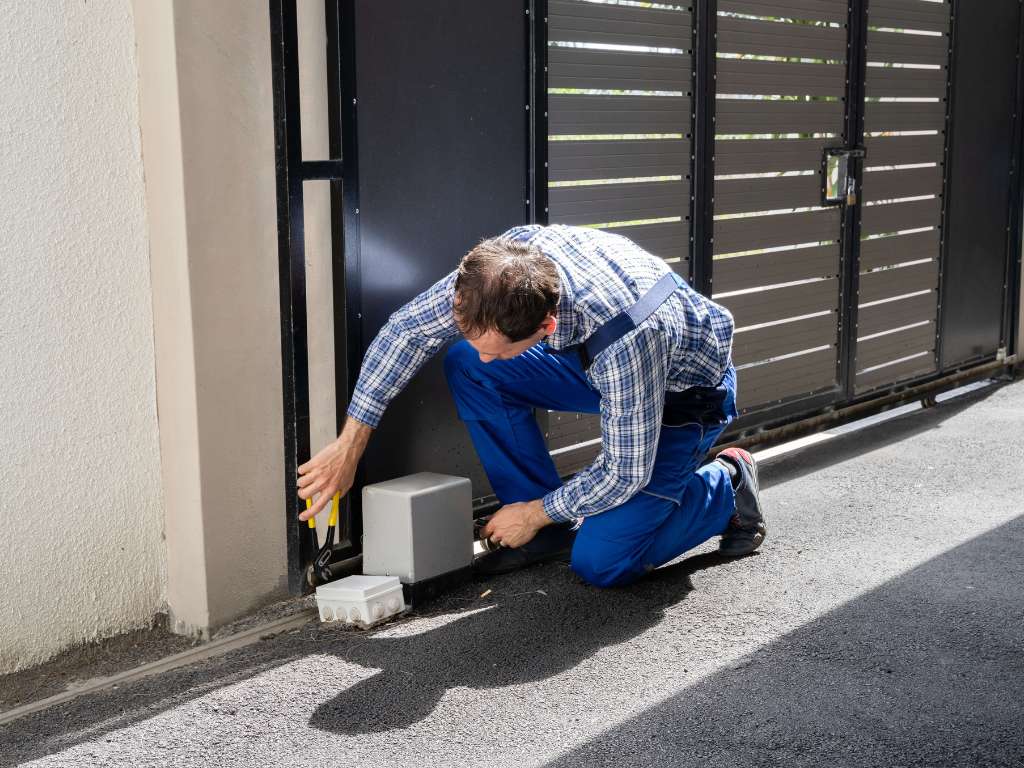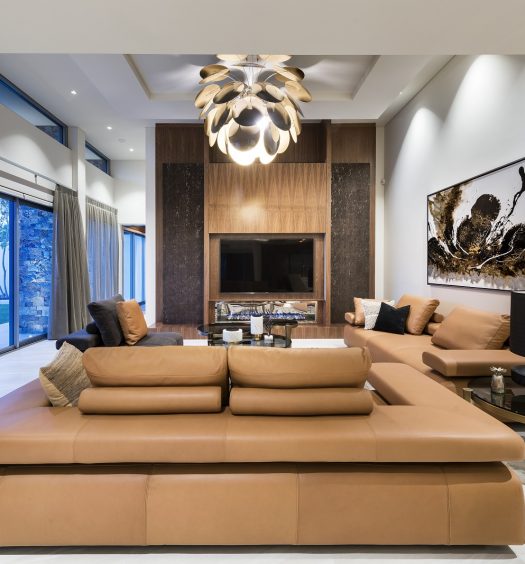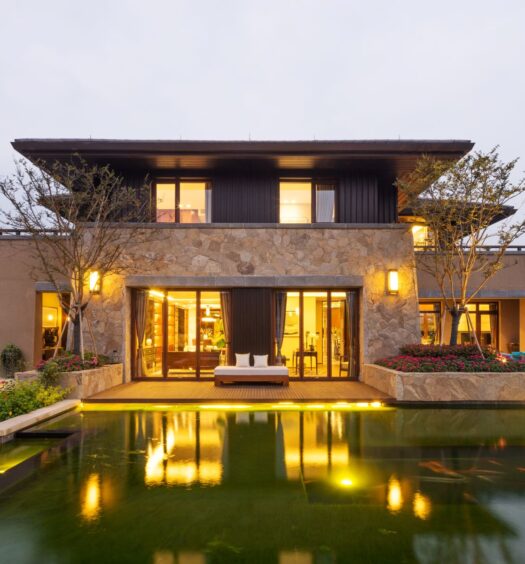When a custom home is completed, the gleaming facades, artful landscaping, and premium finishes draw admiration. But what many don’t see, and what determines whether that home remains beautiful or degrades, is the invisible infrastructure: the ductwork, air systems, plumbing, wiring, HVAC zones, and environmental controls that operate behind walls. For homeowners committed to sustainability and comfort, those hidden systems need care, not neglect.
In fact, many discerning Australian homeowners already incorporate scheduled services into their maintenance plans: for example, hiring AirCon-Men Cleaning to service ducted systems and air conditioning. That kind of proactive care separates homes that age gracefully from those that deteriorate prematurely.
Below, we examine why invisible infrastructure matters so deeply in luxury homes, what homeowners should prioritize, and how design and maintenance must interlock for lasting quality.
Why Hidden Systems Are Also Heroes
Luxury homes are more than shell and surface. Their true excellence often lies in the performance that occupants feel rather than see , cool air delivered evenly, fresh ventilation without drafts, humidity controlled, electronics humming unobtrusively, plumbing flawless. These are delivered by infrastructure layers woven into the architecture.
If any of these systems fail , clogged ducts, faulty insulation, misaligned sensors , the lived experience degrades. A designer façade is nothing when interior humidity causes mold, or poor airflow makes rooms uncomfortable. The health, comfort, and durability of a house depend on infrastructure working flawlessly.
Key Invisible Infrastructure Components
Here are critical systems that underpin luxury homes:
– HVAC & air distribution systems: Ducts, vents, zoning, air filters, condensers
– Plumbing & drainage: Pressurized pipes, greywater recycling, stormwater routing
– Electrical & smart controls: Wiring, surge protection, central control panels
– Insulation & moisture barriers: Subgrade membranes, vapor barriers, roof flashing
– Acoustic separation: Sound paths, isolation, barrier layout
– Fire safety & passive protection: Sprinkler lines, fire walls, smoke extraction paths
These systems require design foresight: hidden routing, service access points, cleanouts, mechanical rooms, redundancy, and spatial allowance during planning.
The Role of Maintenance in Preserving Performance
Even a brilliantly designed hidden system will degrade over time without proper upkeep. Here’s why maintenance matters:
1- Efficiency degradation
Dust in ducts, blocked vents, inefficient filters , these raise energy use and reduce comfort. A study published on Data-Driven Smart Maintenance of Historic Buildings highlights how predictive upkeep (via sensors, analytics) can extend life and performance across infrastructure systems.
2- Component longevity
Moving parts, fans, pumps, valves, wear. Timely lubrication, calibration, filter changes, cleaning and inspection help prevent catastrophic failures.
3- Health & air quality
Duct cleaning, coil cleaning, humidity control, and mold prevention are essential particularly in sealed, high-insulation homes.
4- Early detection of issues
Routine checks reveal hidden leaks, insulation gaps, corrosion, wiring faults before they spiral into structural damage.
In essence, maintenance turns infrastructure from brittle to resilient, preserving value and comfort.
How Homes Go Wrong: Failure Modes of Hidden Systems
Here are common ways luxury homes age poorly without care:
– Blocked or inefficient HVAC
A few clogged ducts or a damaged flexible duct run can throw airflow off balance, causing some rooms to overheat or remain cold.
– Moisture intrusion & fungal growth
Poor waterproofing or failed membrane layers let moisture into walls, foundation, or roof cavities, causing rot, staining, and structural damage.
– Electrical faults or surges
In luxury homes with high load systems (home automation, climate control), wiring or protection systems can degrade or be overloaded.
– Insulation compression or displacement
Over time, insulation settles or moves, reducing R-value and causing thermal bridging.
– Neglected plumbing & drainage
Blocked stormwater drains, slow leaks, or scale buildup degrade performance silently until damage appears.
These are all “invisible” until damage appears – by then, remediations become much more expensive.
Integrating Design & Maintenance: Best Practices
To ensure infrastructure remains invisible and performant over decades, designers and homeowners should adopt these practices:
– Design with serviceability in mind
Allow access panels, cleanouts, walkways in ceiling spaces, removable duct segments, service risers. Don’t bury everything permanently behind finishes.
– Segment systems into zones
Zoning in HVAC, plumbing, and control panels lets you isolate and service subsystems without disrupting the whole home.
– Use monitoring & diagnostics
Embed sensors (airflow, humidity, pressure) that give early warning of drift or blockages. Smart home platforms should include system health dashboards.
– Adopt predictive maintenance
Move from reactive fixes to scheduled inspections (6-monthly, annual) and condition-based servicing. Many high-end property services now provide “caretaker” models for luxury homes (e.g. premium property care).
– Document thoroughly
Keep “as-built” plans of ducts, wiring, plumbing. Without good records, future operators or service teams will struggle.
– Use quality materials and components
Always choose corrosion-resistant materials, high-grade ducts, tight seals, and resilient parts. The infrastructure is only as good as its weakest component.
– Include warranties and service contracts
Engage specialized service providers at handover (e.g. climate, duct cleaning, mechanical servicing) to ensure early baseline performance.
Why Homes with Maintenance Thrive
When invisible infrastructure is respected, luxury homes continue to command comfort, value, and reputation:
– Interiors stay fresh and odor-free
– Climate and humidity control remain stable
– Acoustic performance endures
– Energy consumption stays efficient
– Finishes and sealing remain intact
Owners experience true luxury: spaces that feel as pristine years later as on day one. Conversely, neglect leads to frequent service calls, cosmetic damage, health issues, and erosion of value.
Putting It into Practice: A Homeowner’s Checklist
To operationalize the invisible infrastructure ethic:
– Establish a maintenance schedule at or before handover
– Engage specialized contractors (climate, duct, HVAC, mechanical)
– Use service logs and baseline metrics for every system
– Test zones/rooms seasonally (cold, hot seasons)
– Revisit and recalibrate after landscaping or renovation work
– Monitor and replace filters, valves, parts proactively
– Retain design documentation and handover bundles
Where a homeowner arranges AirCon-Men Cleaning for duct servicing, that’s a smart baseline. But that care should be part of a larger holistic infrastructure regime.
Luxury in a custom home is not only what you see, it is also what you don’t see, but still feel. Invisible infrastructure, properly maintained, is the secret foundation of timeless luxury. Neglect it, and beauty is only skin deep.





